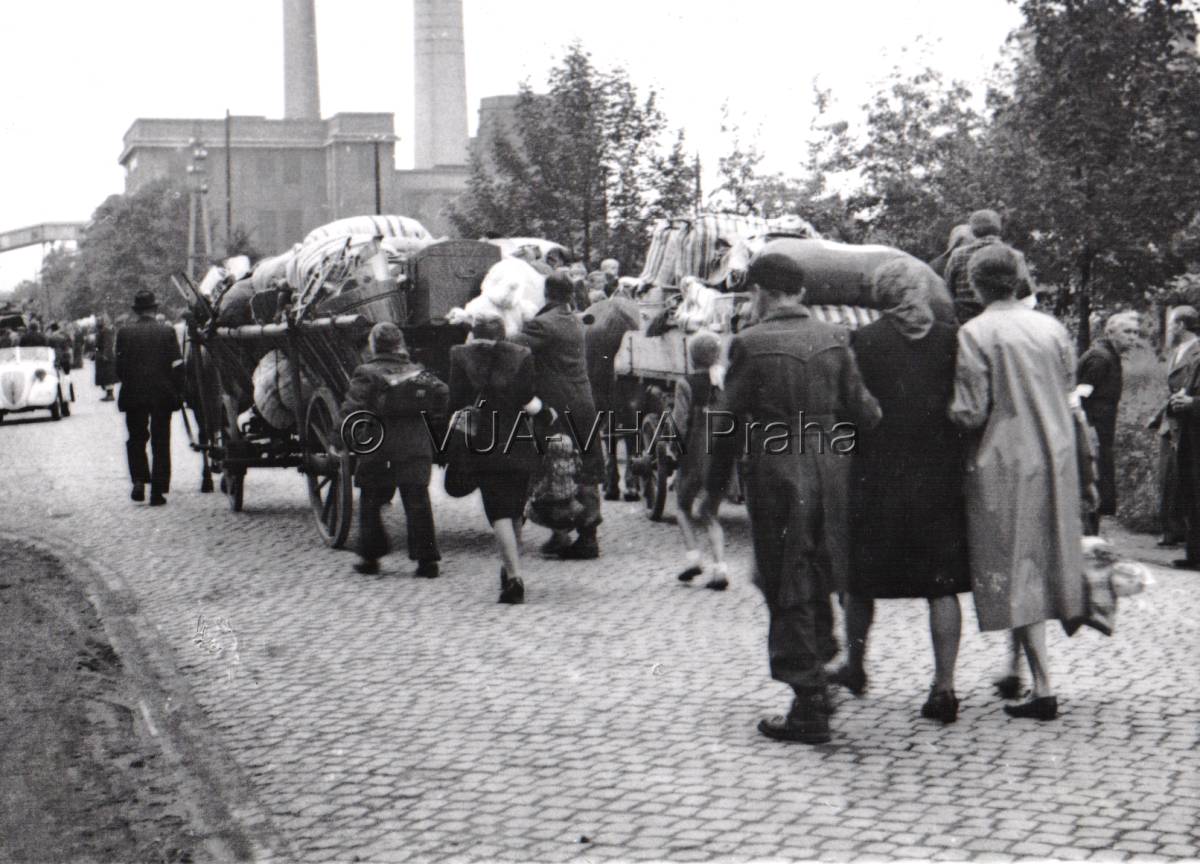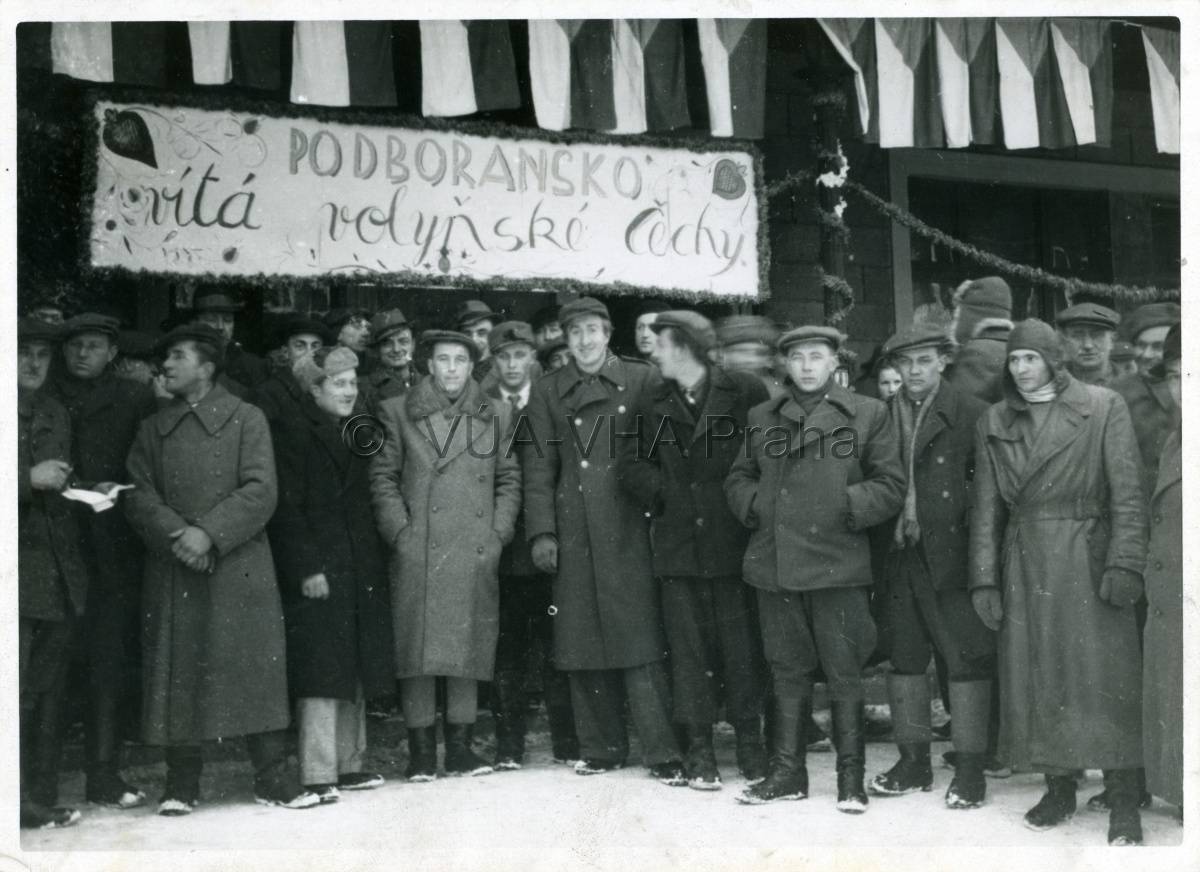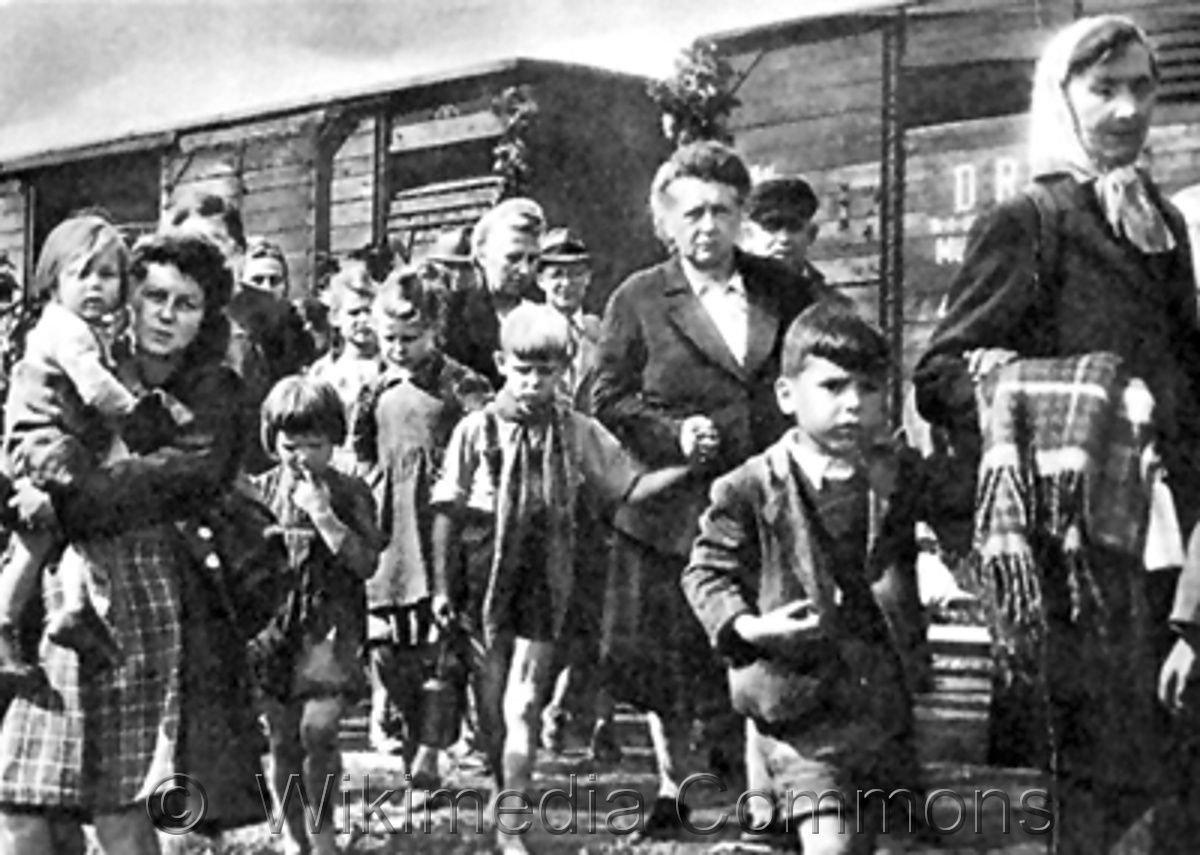
Migrations, Transfers and Exile
The historical development of the Czech Lands has experienced several important migration waves when some of the citizens voluntarily or forcefully left the country for political, religious, social, or economic reasons.
In the older period, emigration was mostly motivated by religion. During the Hussite Era, the Catholics, particularly the clergy, left the Czech Lands while the period from the 16th to the 18th century was characterized by heavy non-Catholic emigration after the defeat of the Bohemian Revolt at Bílá Hora (1620) and the issuance of the Renewed Land Ordinance (1627), which permitted only the Catholic religion in the land. From about the mid-19th century, socio-economic motivation started to prevail – the Czechs emigrated overseas, mainly to the United States of America on a mass scale.
The rise of Nazism and the beginning of the Second World War resulted in large movements of the populations especially in Central and Eastern Europe, which also affected the Czech Lands. The secession of the Sudetenland commanded by the Munich Agreement in September 1938 resulted in a wave of movements of the ethnically Czech population into the interior. The political changes and intensifying anti-Semitism under the Second Republic were followed by the emigration of some of the Jewish population. Immediately after the end of the Second World War, three million Germans were forcibly expelled from Czechoslovakia and the vacated border areas were subsequently resettled. The establishment of communism in Czechoslovakia in 1948 triggered another wave of emigration of those who did not agree with the new regime. The short period of political ease in the 1960s was forcefully broken by the occupation of Czechoslovakia by the Warsaw Pact armies in August 1968. In the following twenty-year period of the so-called normalisation, more than 200 thousand people left the country voluntarily or forcefully.
This section also concentrates on the main migration processes in Czechoslovakia and the Czech Republic, which reflect the main trends in the development of residential structures in the Czech Lands throughout the 20th century and the early 21st century – concentration of population in larger towns and industrial areas, depopulation of the rural areas and the ongoing process of suburbanisation.
Jitka Močičková

Resettlement of the Germans from Podbořany in June 1946. VÚA-VHA Praha.
Authors
historians: Jitka Močičková, Ladislav Hladký, Pavel Krafl, Pavel Kůrka, Jan Němeček, Eva Semotanová, Tomáš Vilímek, Zlatica Zudová-Lešková
geographers: Jan D. Bláha, Tomáš Burda
cartographers: Petra Jílková, Jan D. Bláha, Jiří Cajthaml, Tomáš Janata, Pavel Seemann, Petr Soukup, Růžena Zimová
digital atlas: Tomáš Janata, Petra Jílková, Jiří Krejčí, Jitka Močičková, Eva Semotanová
team of authors
References
Vaculík, J.: České menšiny v Evropě a ve světě. Libri, Praha 2009;
Semotanová, E. ‒ Cajthaml, J. a kol.: Akademický atlas českých dějin. Praha 2014, 2. akt. vydání 2016;
Semotanová, E. ‒ Zudová-Lešková, Z. ‒ Močičková, J. ‒ Cajthaml, J. ‒ Seemann, P. ‒ Bláha, J. D. a kol.: Český historický atlas. Kapitoly z dějin 20. století. Praha 2019.





